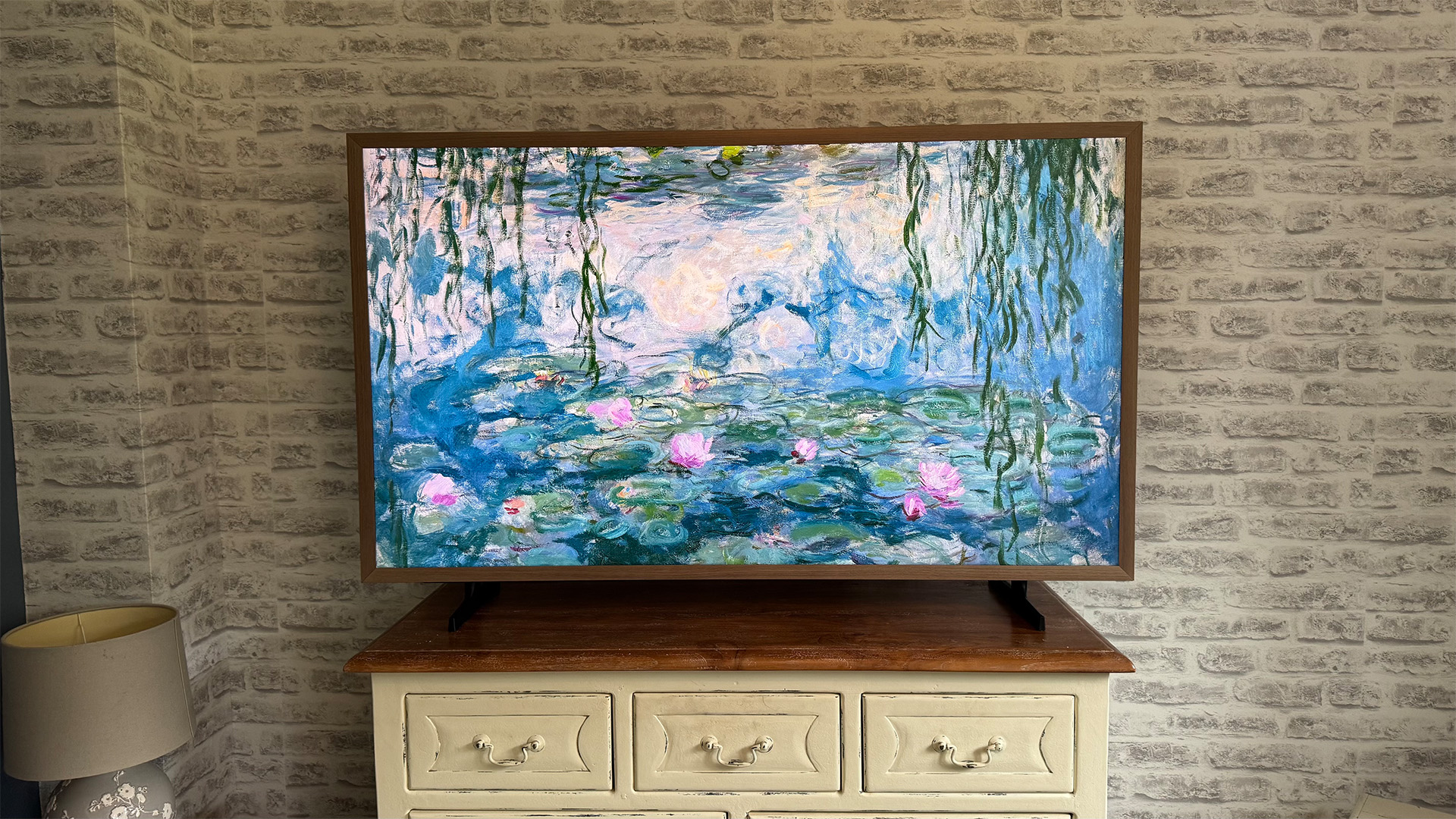What Hi-Fi? Verdict
The Q85R has an excellent picture and is a pleasure to use, but it's not quite the performance-per-pound hero it could be
Pros
- +
Detailed, authentic blacks
- +
Exceptional upscaling abilities
- +
Wide viewing angles
Cons
- -
Sound missing real weight
- -
Motion could be improved
- -
Awkwardly priced
Why you can trust What Hi-Fi?
In the battle of QLED versus OLED, Samsung’s campaign got off to a rip-roaring start in 2019, with the company’s flagship 4K model receiving a five-star review and praise for taking QLED performance to new levels.
But not everyone can afford or justify forking out for a top-of-the-range model, which is why the QE55Q85R looks mighty appealing. It sacrifices a little of the Q90R’s brightness and a good number of its backlight dimming zones, but also shaves a fair bit off the price.
So does that make the Q85R a more sensible purchase than its flagship sibling? It depends on whether those specification downgrades turn out to be more significant than they first appear.
Features
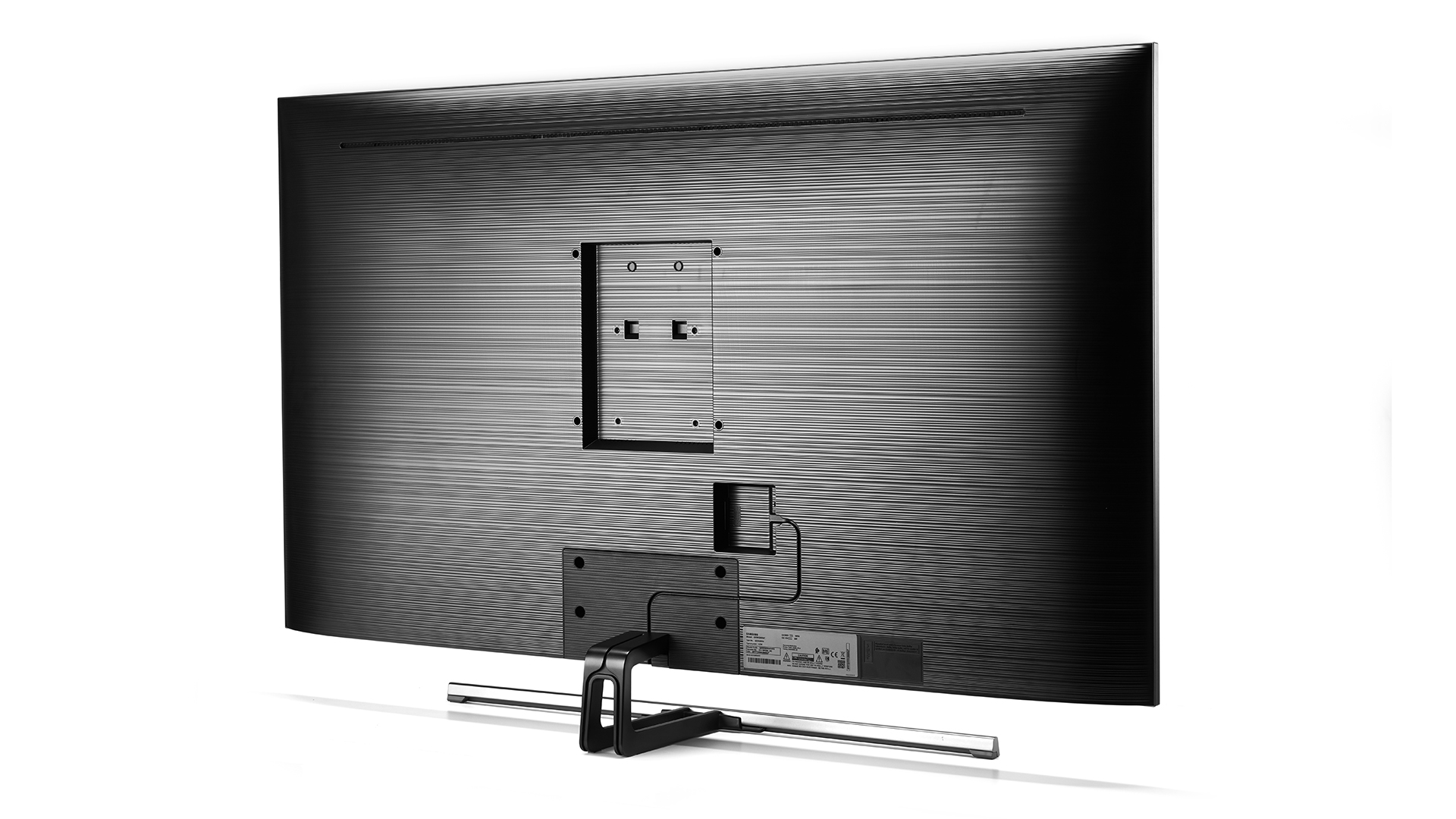
Straight out of the box, we only have good things to say about the Q85R. Like most modern TVs, it’s designed to be as unobtrusive as possible, and its 4mm bezel certainly helps in that regard. The effect is a virtual edge-to-edge experience that makes the whole front seem almost all screen. Its profile is a respectable 6cm, which would only look relatively chunky when placed next to a wafer-thin OLED.
That sleekness is partly down to the inclusion of Samsung’s One Connect solution, with all the connections (four HDMIs, three USBs, optical, aerial and ethernet) housed in a separate box rather than plugged directly into the back of the TV. The display doesn’t even need to be connected directly to a power socket, so you can hide all the wires in a cupboard and have just one thin cable running from the One Connect box to the screen.
When it comes to usability, Samsung is also arguably the best in the business. From the initial set-up to the day-to-day menus, navigating around the operating system is a dream made all the sweeter by the minimalistic Samsung smart remote control. With shortcut buttons for Netflix, Amazon Prime Video and Rakuten, it covers pretty much all of your needs. It doesn’t support gesture controls in the way LG’s Magic Remote does, but the interface is so clean that they’re just not necessary. There’s also Samsung’s Bixby voice assistant, if you’d rather get around that way.
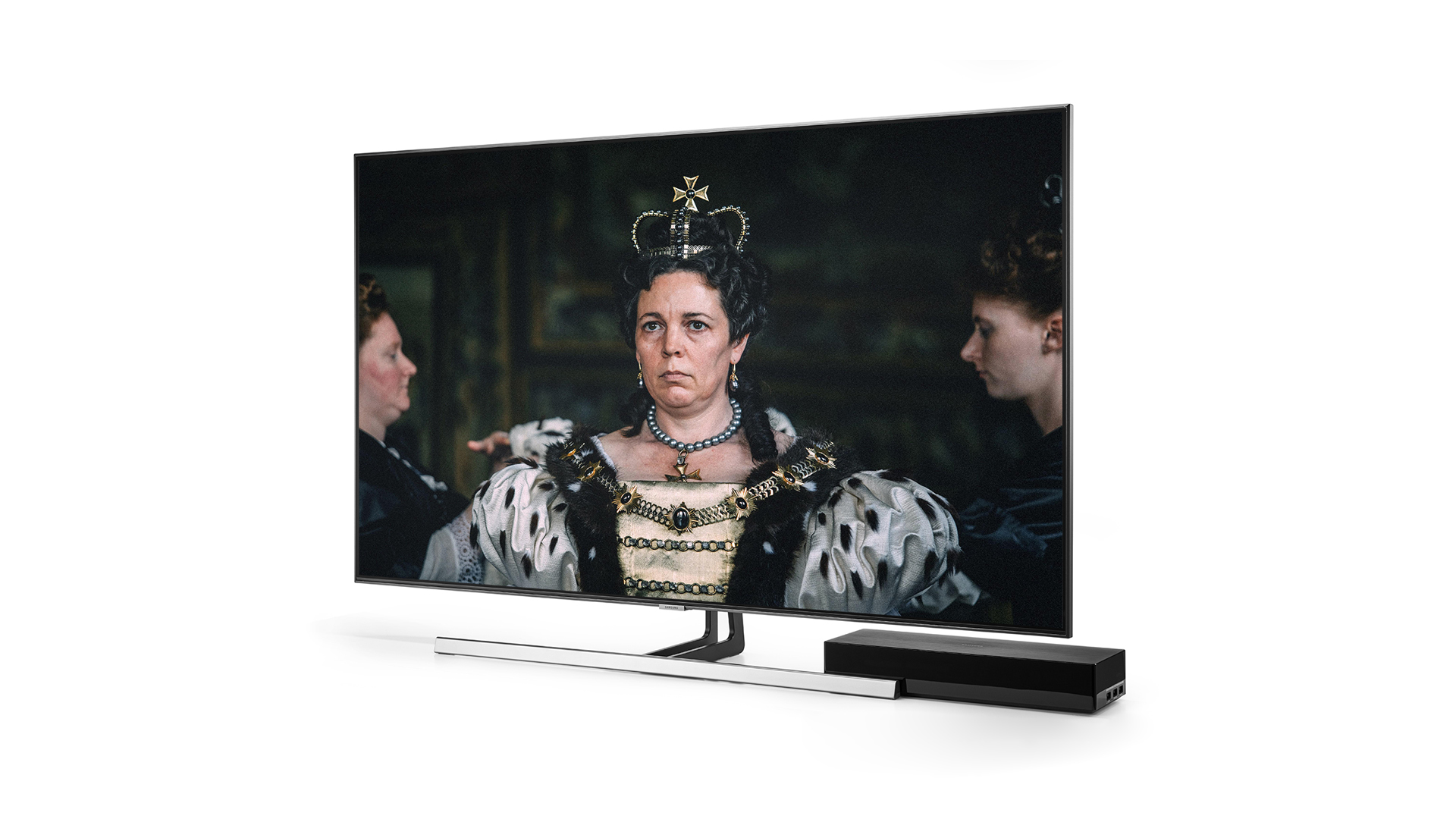
Screen type QLED
Resolution 4K
HDR formats HDR10, HDR10+, HLG
HDMI x4
USB x3
Optical 1
Peak brightness 1500nits
Dimensions (hwd) 71 x 123 x 6cm
In case that wasn’t impressive enough, you can also program the smart remote as a universal controller for your 4K Blu-ray player, amp, soundbar or other peripherals. It covers a range of devices, automatically setting them up as part of the first-time installation.
This Samsung 2019 TV supports HDR10, HLG and, of course, Samsung’s Dolby Vision-rivalling HDR10+ format. But while there’s a smattering of HDR10+ encoded material around now – including Bohemian Rhapsody on 4K Blu-ray and the Jack Ryan series on Amazon Video – the swing is towards Dolby Vision for the time being.
The system comes pre-loaded with most apps you’ll need, such as iPlayer, YouTube and Google Play Movies & TV, with access to Apple iTunes also now available via a software update (although it wasn't available in time for this review). Naturally, the system is also fitted with Samsung’s SmartThings platform, so you can integrate your TV with your smart home.
The well thought out Ambient 2.0 feature, which appears across the 2019 4K range, is a great way of making your TV less visible while you’re not using it. There are 50 preset images to choose from including a selection of lighting patterns, nature scenes, abstract oil paintings and other artwork.
You can also use Ambient to display your photo albums or even a picture of the wall behind the TV to make it blend in. It all works surprisingly well and is worth playing around with to find something you like.
Picture
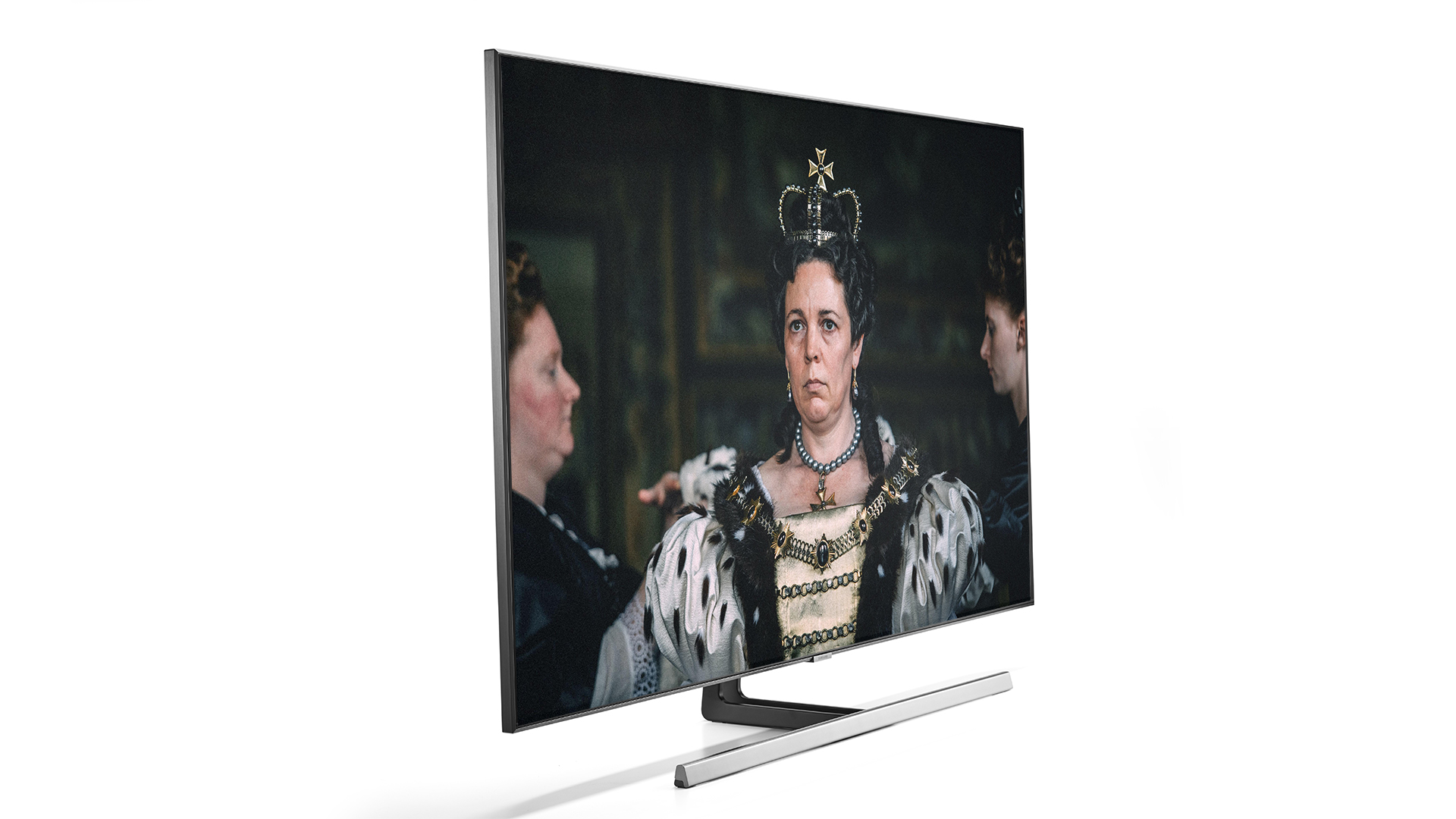
The Q90R set a high bar for this year’s QLEDs but, given the Q85R’s specs, we’d have to expect a bit of a drop in performance. The Q85R’s backlight doesn’t go as bright (up to 1500 nits, whereas the Q90R is 2000nits) and has fewer independently dimmable zones (said to be in the region of a fifth of the Q90R’s). In many ways, though, the picture produced by the two models is very similar.
Whether you’re playing native 4K content, or upscaling from HD or SD, the Q85R produces astonishing detail. The AI upscaling is particularly impressive, thanks, presumably, to its Quantum Processor 4K chip.
Fire up Mel Gibson’s Apocalypto in 576p and the tribal tattoos, scars and chiselled obsidian daggers of the Mesoamerican tribesmen are exceptionally well rendered, given the quality of the source. Skin tones are carefully crafted, the dappled lighting of the village attack scene is clear and easy to follow, and even scenes with rapid movement go well beyond expectations of such a heavily upscaled image. While there’s plenty of 4K content around, much of terrestrial TV is still broadcast at lower definitions, so a standard home set is going to have plenty of SD content to contend with.
Samsung’s AI-based upscaler, which uses advanced machine learning to identify and intelligently upscale low-resolution images, is clearly capable, but the Digital Clean View feature is also worth experimenting with, as it reduces noise without over-softening the image.
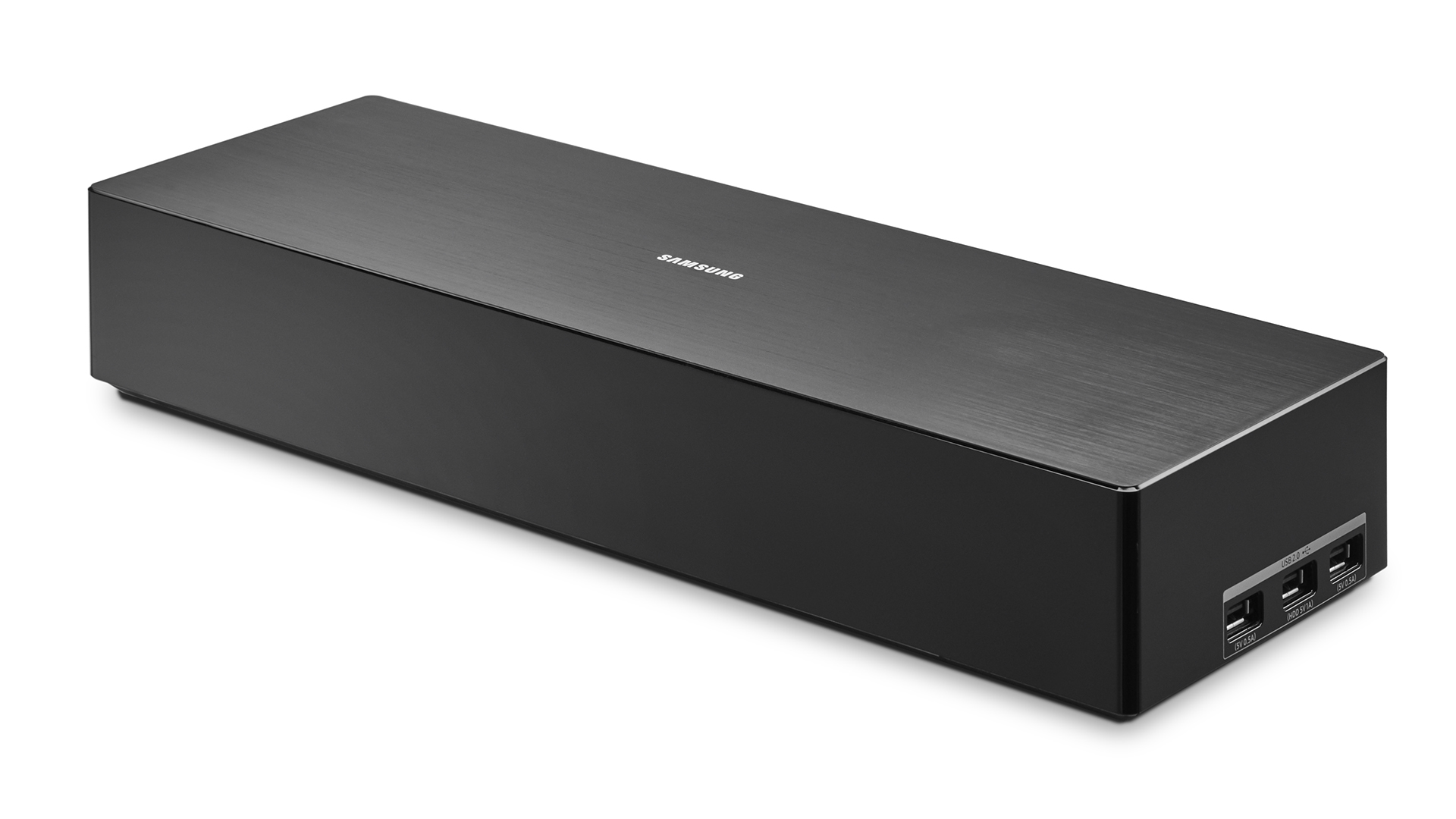
It’s particularly good at reducing picture noise when upscaling the 1080p Blu-ray of Fargo: the film has a slight grain to it but without Clear View switched on, that grain dances around distractingly. But it manages to smooth out the cigarette smoke in the hitmen’s car without taking the edge off its lustre as it rolls across the ceiling of the sedan. Bear in mind that Digital Clean View is best switched off for some other 1080p content and all 4K, though.
Make the step up to 4K HDR content and there are striking similarities between the Q85R and Q90R. The depth of blacks is excellent, not far off OLED-deep, and the amount of dark detail is exemplary – vital for the almost perma-noir of John Wick 2. Wick’s black Mustang is a joy, with the texture of its tyre tread enough to convince you that you’re smelling rubber.
But in some scenes, such as the opening pans across the night-time cityscape, there’s a noticeable step down in the dynamism of the picture. The mix of bright skyscraper window lights scattered against the black sky is just too much work for the Q85R’s comparatively limited number of dimming zones.
You could also argue that the Q85R is a touch less sharp than the Q90R, that it’s missing the super-elite contrast and ultra-fine colour nuance to make those pictures pop as well as the very best, but we’re talking fairly slim margins.
Stick with Colour Temperature on Standard and motion processing settings with de-blur up high and de-judder way down low and one can’t fail but be delighted by this TV’s consistent quality of performance.
There is an Intelligent Picture mode, which tries to adjust the screen according to your environment, but we’re not overly enamoured with its approach. If it’s an easy life you’re after, simply turn off the Eco-mode and leave all other picture settings as they are, then you can just decide what degree of motion processing you’re most happy with.
Whatever you choose, you’ll be able to enjoy one of the best features of Samsung’s 2019 QLED range: Ultra Viewing Angle. It ensures the picture loses little brightness and colour no matter where you sit — an important development in terms of keeping up with OLED, which boasts more or less perfect viewing angles.
Sound
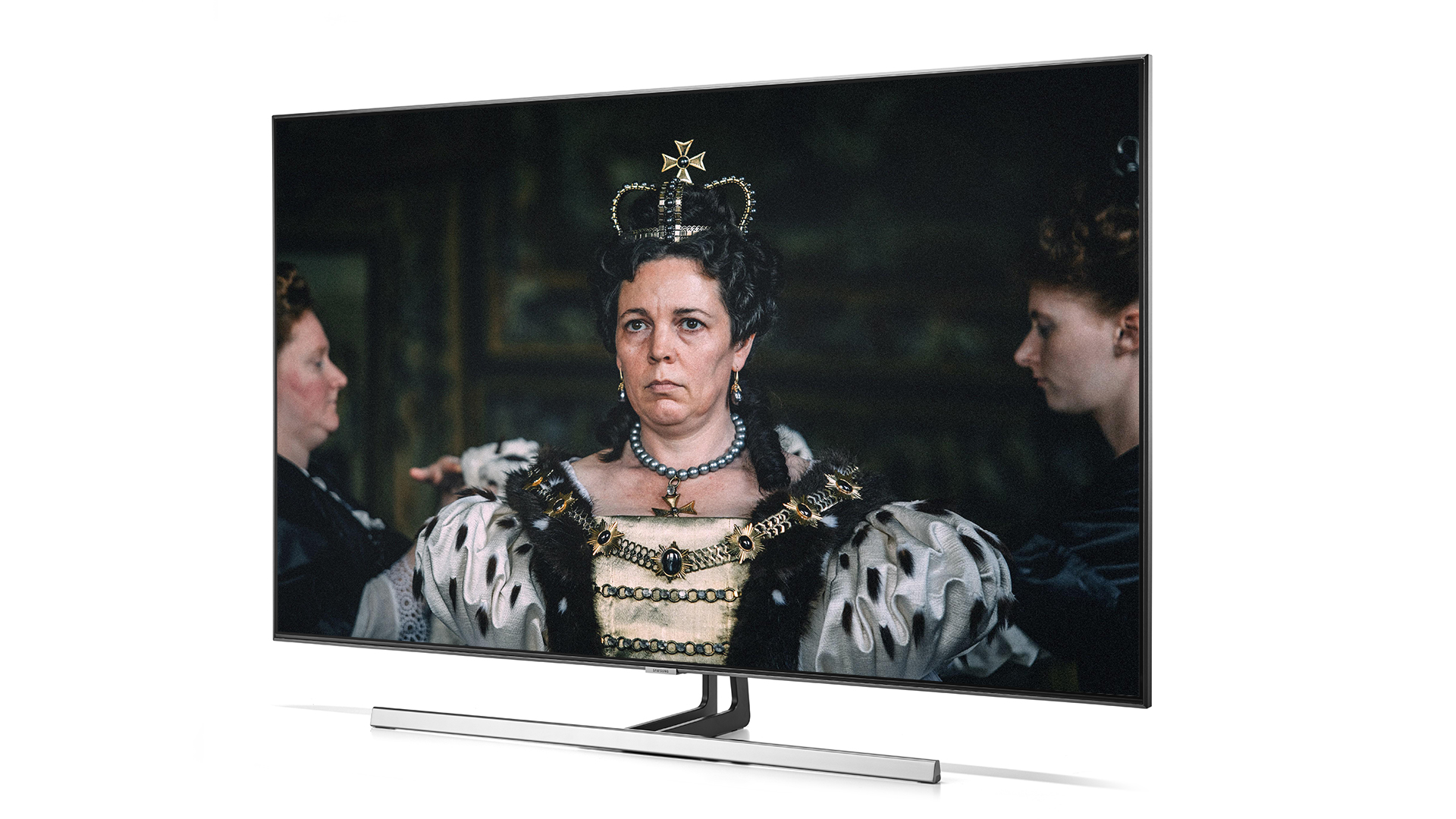
In many respects, Samsung has done a decent job with the audio of the Q85R. The speakers produce a good sense of space – bullets zip accurately across a wide soundstage, bones crunch roughly where they should and there’s broadly good tonal balance – but this is not a market-leader for sound quality and you’d be wise to budget for a separate sound system.
It’s slightly down on audio authority compared to what we’d like and could be more convincing. While the bottom-end is generally decent, by TV speaker standards, in the big hits – bodies thumping the ground, bursts of flame from Marvel monsters – it lacks the oomph necessary to really get the heart thumping.
There are some audio modes worth trying, including Adaptive Audio, which adds a little more breadth to the sound, but we prefer it switched off. If you want the Q85R to try to intelligently level out the audio across different scenes and sources, then use Adaptive Volume.
Verdict
The 55in Q85R is a very worthy 4K TV. Viewed in its own right, the picture is impressive indeed, and across all sources. From epic vistas to gritty backstreet violence, its performance is very solid. It’s a delight to use, too.
The problem for the Q85R is how much better the Q90R is. At the time of writing, the price between the two models is £500, which we're not suggesting isn’t a lot of money but is, in our view, worth paying. Then there’s the LG C9 OLED, which can often be bought for even less.
Of course, both models have now been superseded by the QE55Q80T and QE55Q90T. If you can still pick up a Q85R with a big discount, it's worth a shout, but the sensible money would be spent on one of the new 2020 models.
SCORES
- Picture 4
- Sound 3
- Features 5
MORE:
What Hi-Fi?, founded in 1976, is the world's leading independent guide to buying and owning hi-fi and home entertainment products. Our comprehensive tests help you buy the very best for your money, with our advice sections giving you step-by-step information on how to get even more from your music and movies. Everything is tested by our dedicated team of in-house reviewers in our custom-built test rooms in London, Reading and Bath. Our coveted five-star rating and Awards are recognised all over the world as the ultimate seal of approval, so you can buy with absolute confidence.
-
NikiM There is a MASSIVE problem with this TV for those of us in northern latitudes.Reply
Once the sun's inclination drops in autumn, any light striking side-on causes a rainbow effect on the screen. As the sun continues to drop, the rainbow effect increases until in December it's 100% of the screen.
Samsung Support assures me there is nothing wrong with the TV, that this is normal, and to rearrange my room (eg brick up the window and reopen it on a north wall which will never have direct light coming in)
1693
1694
Other glitches are the software is REALLY buggy.
I've had it about a year now and have to do a factory reset every 6 weeks or so when the "Too many reservation" bug raises its head (time after time). And, for whatever reason, it ADORES BBC Wales. Every BBC series link gets switched over to BBC Wales - irrespective of whether the program is even on there. I've lost track of how many Welsh politics programs I've recorded (in NI). BBC Wales has now been deleted from my channels - I'm currently wondering whether it will blow up when it tries to record a channel that doesn't exist this week :)

